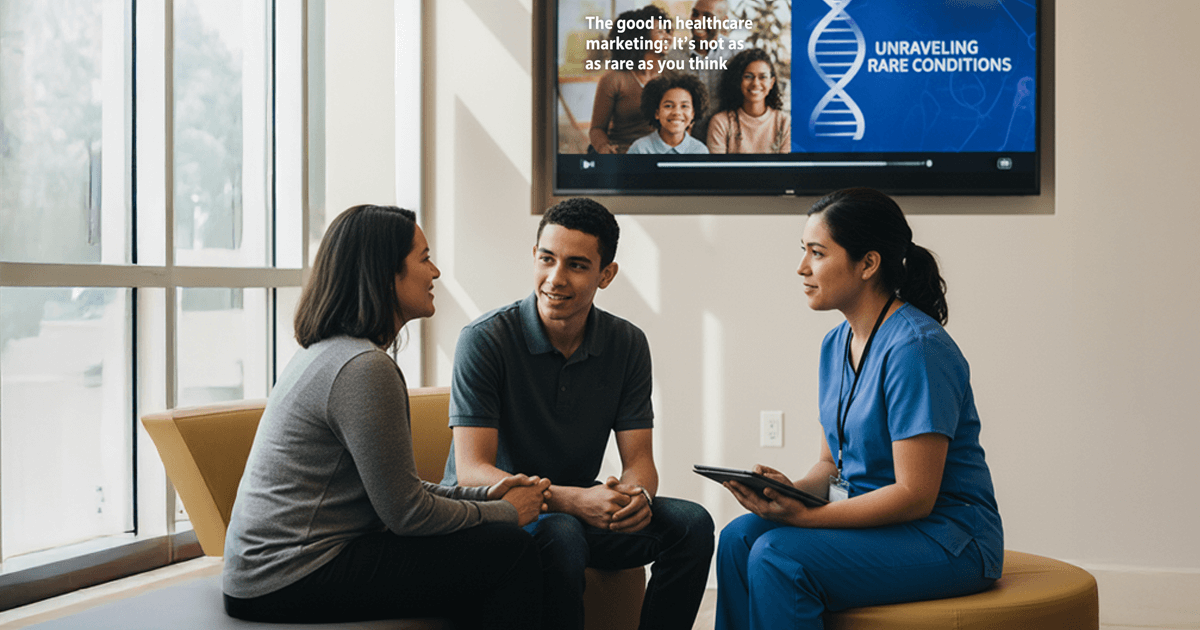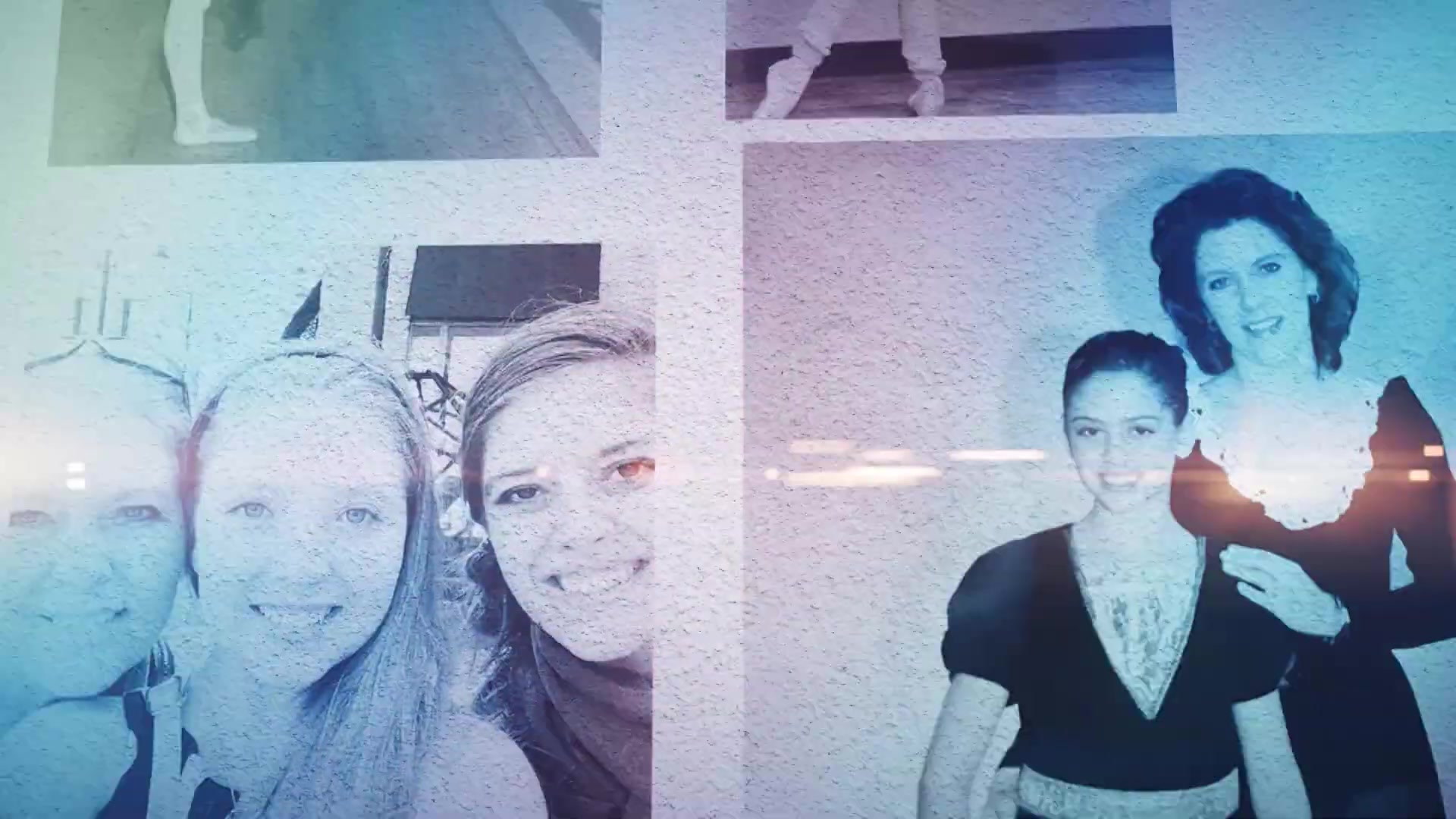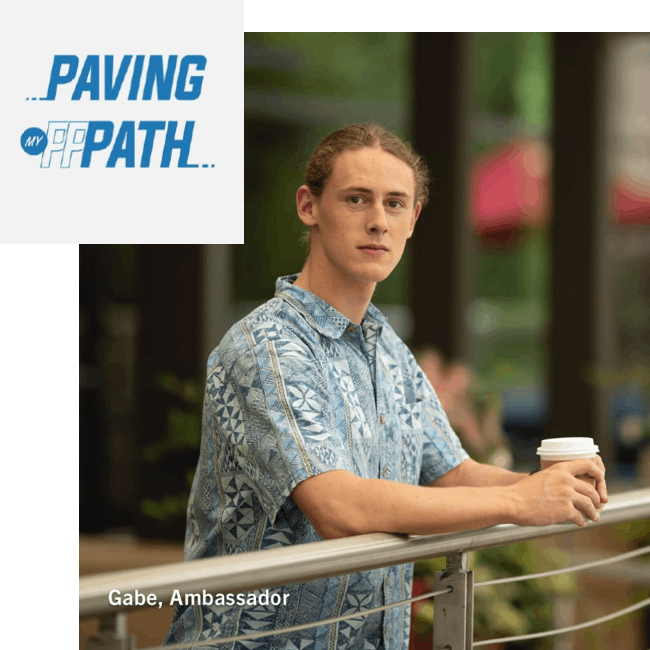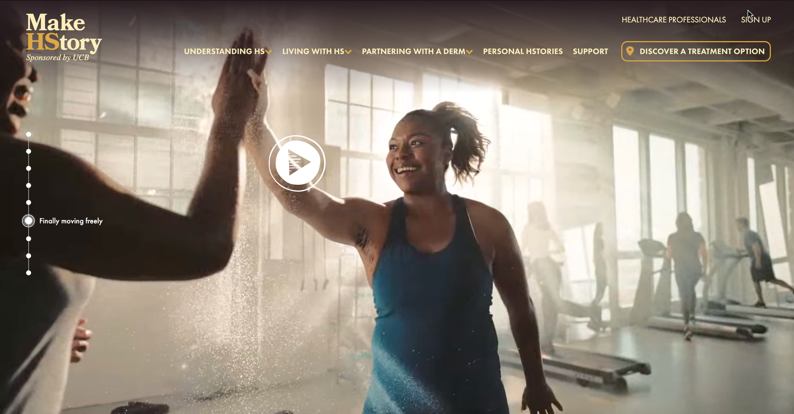The good in healthcare marketing: It’s not as rare as you think

Cystic fibrosis, sickle cell disease, Tourette’s syndrome, Hypertrophic cardiomyopathy, multiple sclerosis—the list goes on. Different categories, different patient populations, different diagnoses and symptoms. On the surface, these conditions couldn’t be any more different and yet they share one monumental characteristic: All of these were once defined as “rare” and are no longer. This revolutionary shift did not happen overnight, and no single person or action was responsible. It was the culmination of so many efforts, one of which belongs to healthcare marketing.
For all the problematic aspects of pharmaceutical marketing—the 13th to market drug with little clinical differentiation, the research schedule-global rock tour set to test everything and anything, the celebrity endorsement because “why not, there’s budget”—we get these rare opportunities that allow us to use our creative ingenuity to drive monumental changes in the lives of patients and the medical community.
And while every rare disease is unique, I believe there are ways of thinking and communicating that can benefit organizations looking to do the hard work. These approaches lean into the power of creativity, humanity, and connectivity to give rare diseases the attention they desperately need. Here are a few examples that standout as “Good & Rare”:
Disease education doesn’t have to feel like education—Be a storyteller

Marketing in rare disease isn’t the field of dreams. If you build it, I promise you they are NOT coming. No one is scouring the web looking for a condition they may never see in their lifetime—and HCPs are no exception. For those who DO search, that’s a different ballgame, and I’ll discuss it later. In order to drive awareness, you need to serve up messages in places where people are not only receptive but eager to listen and be entertained.
Good storytelling: Behind the Mystery™: Myasthenia Gravis
Overview: Behind the Mystery is a Lifetime TV series that tells the unheard stories of those impacted by rare diseases. argenx sponsored an episode to shine a spotlight on Myasthenia Gravis, a chronic autoimmune disorder that weakens any muscles involved in the body’s voluntary movements (eg, eyes, face, and throat).
Why it worked: It wasn’t a medical download. The show served up an emotional, unfiltered perspective on the tireless journeys of individuals seeking answers and treatment. In addition to on-air views, the show had an uncanny following on social media and YouTube, giving this episode mass attention by any measure.
Real patient quotes are not the finish line—create deeper connections

Too many times “let’s leverage real patient quotes” is spitballed at a brainstorm and the work ends there. Testimonials are undoubtedly impactful, but they are just the surface. In rare disease marketing, we need to get comfortable relinquishing control and play an advocate of authentic community building. It’s a leadership stance that shows commitment to the greater good. You may not get the branded content you were looking for, but you arrive at something much more substantial for the condition.
Good movement: Paving my PPPath
Overview: Paving my PPPath gave a much-needed voice to Primary Periodic Paralysis. Gabe, a young patient with PPP already speaking up about his own condition, was given the resources to allow his message to stick.
Why it works: It’s a lesson in the power of lifting up those willing and motivated to influence others. The team identified a patient already making noise and enabled them to do more through social media management, media coordination, and advocacy partnerships.
Be bold and execute like the masses are engaging (because if you do “rare” right, they can be).
Execution doesn’t have to be lost with rare disease budgets. Beautiful photography, thoughtful user experience, and good ole’ standout creativity is essential. There’s so much at stake with rare disease, and more often than not, the disease state education needs to live well beyond a product launch to keep driving diagnosis and testing. Campaignability and longevity is paramount.

Good creative: Make HStory
Overview: This 2024 campaign was crafted to have synergies across audiences impacted by Hidradenitis Suppurativa (HS) and deeply focused on answering the abundant needs in the category.
Why it works: It’s honest. It doesn’t veer away from the realities of HS (eg, not every derm is suited to treat the condition). It’s disruptive but not fear-mongering. On the patient platform, it speaks in a clearly defined voice. On the HCP platform it’s thoughtful in how the information is served up and far from dry. There are stats and facts across all engagements but it holds tight to the thread of their campaign and is striking in its subtle movement and design.
Regardless of the budgets or timelines, your passion and emotional investment go a long way. Allow yourself to become intimately involved in the work because the end result will be felt that much more by those who need to receive it. The creative that you put forth could play a role in declassifying a rare disease.
